You can use eqparbox's \eqmakebox[<tag>][<align>]{<stuff>} to set <stuff> in the widest box possible across all similar <tag>s. Additionally, you can adjust the box's <align>ment as needed (default is centre, but there's also left and right). I've adapted \eqmakebox into \eqmathbox to work inside math mode:

\documentclass{article}
\usepackage{amsmath,eqparbox,xparse}
% https://tex.stackexchange.com/a/34412/5764
\makeatletter
\NewDocumentCommand{\eqmathbox}{o O{c} m}{%
\IfValueTF{#1}
{\def\eqmathbox@##1##2{\eqmakebox[#1][#2]{$##1##2$}}}
{\def\eqmathbox@##1##2{\eqmakebox{$##1##2$}}}
\mathpalette\eqmathbox@{#3}
}
\makeatother
\newcommand{\abs}[1]{\lvert #1 \rvert}
\begin{document}
\begin{align*}
& \abs{\eqmathbox[eqn1]{\underbrace{\abs{-3 - 4 - 2}}} - 5} \\
& \abs{ \eqmathbox[eqn1]{\underbrace{\abs{-9}}} - 5} \\
& \abs{ \eqmathbox[eqn1]{9} - 5}
\end{align*}
\end{document}
\underbrace is perhaps not necessary, but it's added for clarity in terms of the reduction.
The above can also be achieved inside an array:

\documentclass{article}
\usepackage{amsmath}
\newcommand{\abs}[1]{\lvert #1 \rvert}
\begin{document}
\[
\begin{array}{ c @{} c @{} c }
\lvert & \underbrace{\abs{-3 - 4 - 2}} & {} - 5 \rvert \\
\lvert & \underbrace{\abs{-9}} & {} - 5 \rvert \\
\lvert & 9 & {} - 5 \rvert
\end{array}
\]
\end{document}
The (vertical) spacing is slightly tighter by default.

